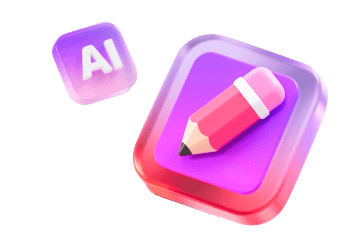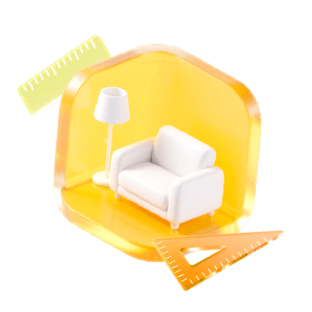Glucagon is an essential hormone in glucose regulation, particularly beneficial for treating severe hypoglycemia in individuals with diabetes. It can be administered through two primary methods: intramuscular (IM) and subcutaneous (SQ). Grasping the distinctions between these administration routes is vital for optimal patient care.
What is Glucagon?
Produced by the pancreas, glucagon functions to elevate blood glucose levels by prompting the liver to convert stored glycogen into glucose. This hormone is especially critical during emergencies when oral intake is not possible due to conditions such as unconsciousness or significant confusion.
Intramuscular (IM) Administration
The IM route is often favored in emergencies because it facilitates swift absorption into the bloodstream. The usual injection site is the thigh muscle, which is both easily accessible and ideal for absorption due to its substantial muscle mass. Administering glucagon intramuscularly can lead to rapid increases in blood glucose levels, delivering immediate relief during hypoglycemic events.
Subcutaneous (SQ) Administration
The SQ injection serves as another option for glucagon delivery; however, it may take longer for the medication to enter the bloodstream compared to the IM route. This administration method is typically suitable for patients who are stable and can manage a delayed onset of action. The injection occurs in the fatty tissue beneath the skin, commonly in areas like the abdomen or upper arm.
Choosing the Right Method
The decision between using IM or SQ administration hinges on the patient's condition and the urgency of their situation. In urgent cases of acute hypoglycemia, IM is generally the recommended approach due to its rapid action. Conversely, for prolonged glucagon treatments or less pressing circumstances, SQ may be more fitting.
Conclusion
In conclusion, glucagon can be administered via both intramuscular and subcutaneous routes, with the IM method being preferred in emergency scenarios. An understanding of the differences between these two administration techniques is crucial for ensuring effective hypoglycemia treatment and management.
FAQ
Q: How can I determine when to use IM or SQ glucagon? A: In severe hypoglycemic emergencies, use IM, while SQ is appropriate for more stable conditions.
Q: How quickly does glucagon act? A: IM injections usually elevate blood glucose levels within 10-15 minutes, while SQ may take longer to show effects.
welcome to Use No.1 Home Design Software with Homestyler
























![[For dear Adelina madee 🤎]](https://hs-designs.homestyler.com/production/design/images/8a07e535-9cbc-4132-a42a-5932dac3a112/1706972286037.jpg?x-oss-process=image/resize,w_502,m_mfit/format,webp)


































